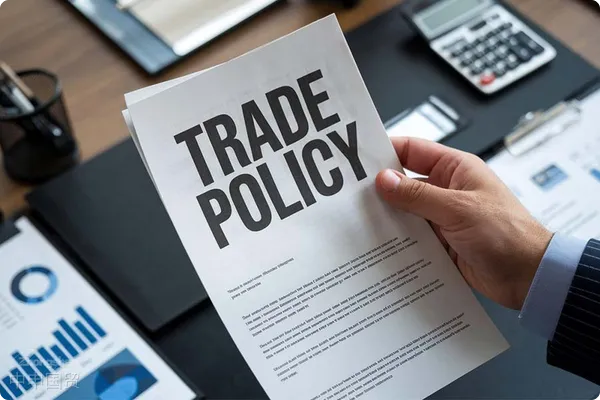- Shanghai Zhongshen International Trade Co., Ltd. - Two decades of trade agency expertise.
- Service Hotline: 139 1787 2118

Introduction to the U.S. Export Control List
The U.S. Export Administration Regulations (EAR) restrict trade activities of specific entities through multiple lists to safeguard national security and foreign policy interests:
- Entity List: Issued by the Bureau of Industry and Security (BIS) of the U.S. Department of Commerce, it lists entities deemed to pose a threat to U.S. national security or foreign policy. Exporting controlled items to entities on the list requires BIS authorization.
- MEU List (Military End User List): Restrict the export of items related to military applications to entities supporting China's military modernization.
- NS-CMIC List (Non-SDN Chinese Military-Industrial Complex Companies List): Issued by the U.S. Department of the Treasury, it restricts companies supporting China's military-industrial complex, primarily involving U.S. investment limitations.
These lists each have their own focus, with the Entity List imposing the most stringent restrictions, second only to the "Denied Persons List."
Jurisdiction over U.S.-related items
Items subject to U.S. jurisdiction refer to commodities originating from the United States or utilizing U.S. technology or software, whose export is governed by the EAR. To determine whether they are controlled, the following factors should be considered:
- Proportion and Classification of Items: Not only should the proportion of U.S.-related components be considered, but it is also necessary to verify whether the item is restricted according to the Commerce Control List (CCL) under the EAR.
- Foreign Direct Product Rule (FDPR): If a product is manufactured using U.S.-controlled software, technology, or equipment (such as semiconductor manufacturing equipment), even if it is not of U.S. origin, it may still be subject to EAR jurisdiction.
Risk Analysis of Sales Practices
When entities on the Entity List sell U.S.-related items to companies associated with the MEU or NS-CMIC lists, the risk depends on the following key points:
- Initial compliance acquisition
- If an entity listed on the Entity List has already obtained BIS authorization for the initial acquisition of U.S.-origin items or if the items are not subject to EAR jurisdiction, subsequent resales are generally not subject to additional restrictions.
- If the initial acquisition is non-compliant, subsequent sales may amplify the risk of violations.
- Sensitivity of the item
- Specific sensitive items (such as 5G technology and high-performance computing chips) may still be subject to control even in downstream transactions.
- Common items with no military applications or sensitive technology associations pose lower risks.
- Nature of the affiliated enterprises on the list
- Although the MEU and NS-CMIC lists are not the Entity List, sales involving military end-use or support for the military-industrial complex may trigger EAR review.
- The difference between upstream and downstream
- The Entity List primarily restricts "upstream supply" (exports from U.S. companies and global suppliers to listed entities), rather than "downstream resale."
- However, if the resale involves items or sensitive technologies under FDPR jurisdiction, it may still constitute a compliance risk.
Risk Assessment and Compliance Recommendations
Key risk points
- Jurisdictional misjudgment: Whether the unidentified items involving the U.S. are subject to FDPR jurisdiction may lead to unintentional violations.
- Sensitive transactions: Selling sensitive items to MEU or NS-CMIC affiliated enterprises may require additional licensing.
- Compliance loophole: The compliance of the first acquisition of U.S.-related items has not been verified, which may affect the legality of subsequent transactions.
Practical advice
- Comprehensive due diligence: Verify the EAR jurisdiction scope of items related to the U.S., the initial licensing status, and the end-use.
- : If you have any questions, consult a professional customs broker or customs department in a timely manner to ensure the accuracy and compliance of the declaration.: Collaborate with export control experts to assess the compliance of transactions.
- Records Management: Retain transaction documents, licensing certificates, and compliance review records for BIS verification.
Conclusion
There are certain risks involved when entities on the Entity List sell U.S.-related items to companies associated with the MEU or NS-CMIC lists, depending on the jurisdiction of the items, the compliance of initial acquisition, and transaction details. Enterprises should conduct due diligence and seek professional support to ensure compliance with EAR requirements and avoid potential legal and commercial risks.
Related Recommendations
? 2025. All Rights Reserved. Shanghai ICP No. 2023007705-2  PSB Record: Shanghai No.31011502009912
PSB Record: Shanghai No.31011502009912










